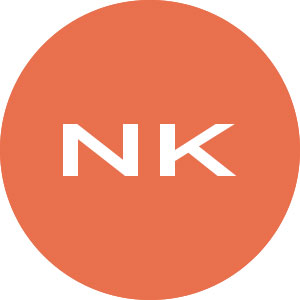In the 1990s, Carnegie Mellon University began efforts to close the gender gap in their Computer Science program by creating two separate degree tracks. They had noticed that some of the discrimination in their classrooms focused around the experience gap between incoming students. So, they made one track for previously experienced coders, and the second for newcomers to the field. This allowed students with no previous coding experience, often females to begin with, more confidence. The idea was wildly successful, increasing the percentage of female students from 7% to 42% in just a couple of years.
The National Center for Women and Information Technology (NCWIT) has studied this gender problem extensively and they have many resources to help educators broaden participation in computing. NCWIT has identified three engagement practices that educators can use to help broaden participation in computing. These teaching practices are geared toward university professors and are especially impactful in early courses when students are deciding whether to pursue a computing major. The practices include: grow an inclusive student community; make it matter; and build student confidence.
So, what can K-12 teachers do to help?
Here are some steps you can take to encourage young women and other traditionally underrepresented students to engage with CS:
- Create inclusive settings and equip the next generation to recognize and mitigate gender-related bias. Education is the most powerful method to eradicate discrimination.
- Encourage girls to "make" with technology. According to a new study by Intel, exposing children to hands-on programming, through coding their own games, participating in hackathons, or doing projects with parents, is a leading way to develop interest in computers and coding. "Girls and women who make, design and create things with electronic tools may build stronger interest and skills in computer science and engineering."
-
Engage in gender-neutral products that teach coding. In the U.S. today, girls and boys are equally likely to show interest in tech.
Bitsbox is just one example of one of these products. We believe all kids should learn to code—not just the ones (often boys) who are interested in video games. In fact, in tracking the gender and app preferences of our coders, we’ve found that girls and boys like the same apps! This data helps us offer universally appealing apps to make a product that everyone can enjoy.
At Bitsbox, we think it's important for teachers to develop what researchers call CS PCK or Computer Science pedagogical content knowledge. One resource that we find really helpful as we develop curriculum is CSTeachingTips.org! Check it out!


